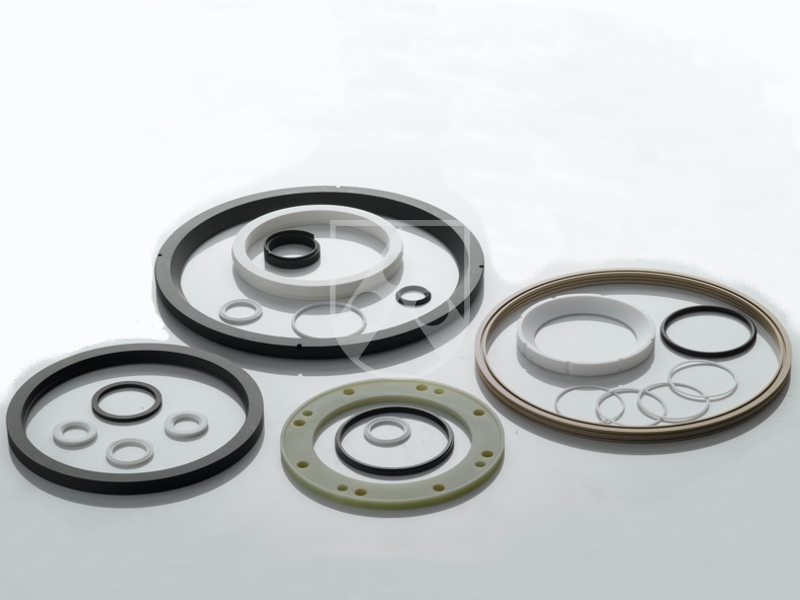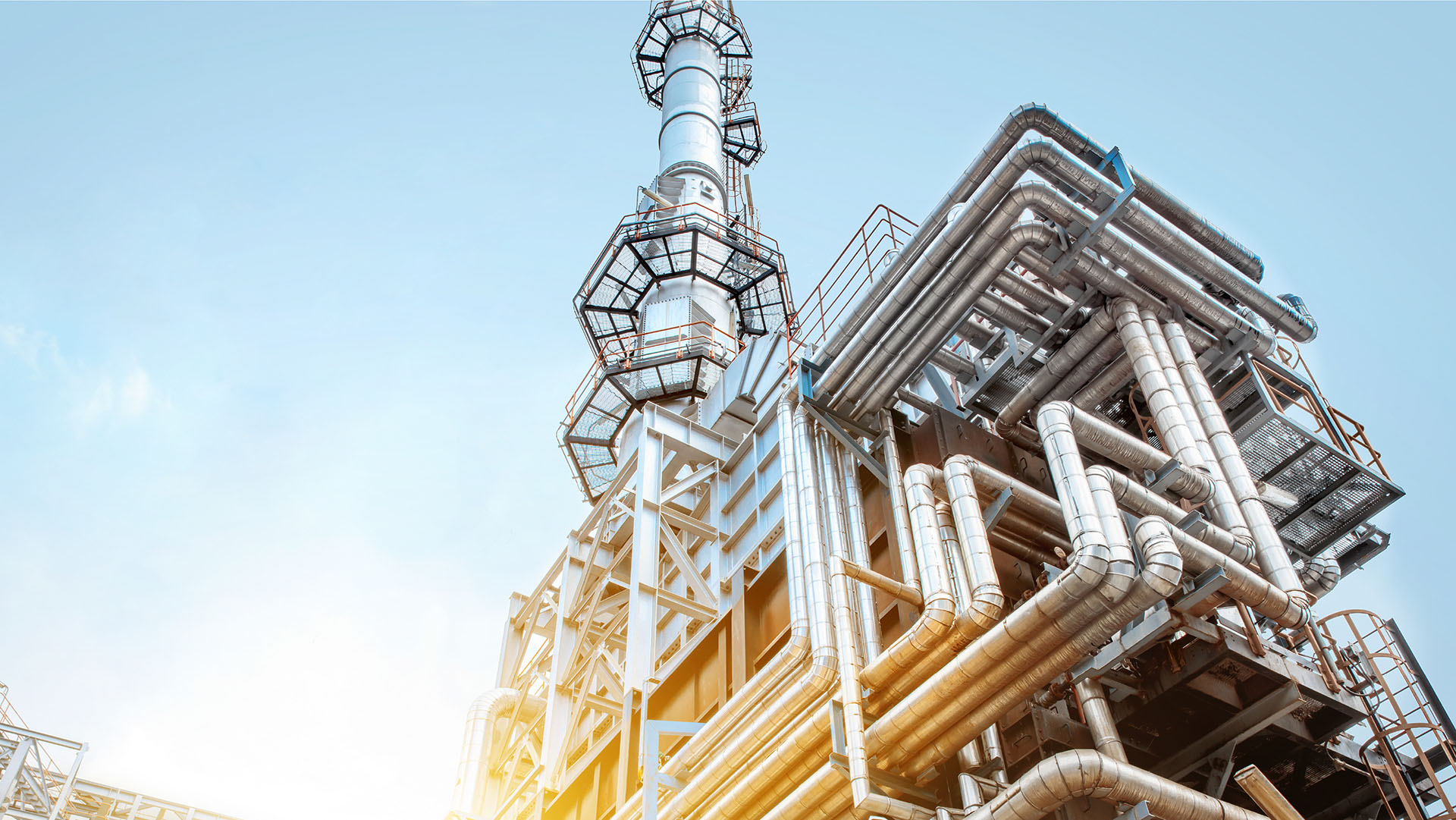Tanks for storing chemical media: For use in tanks for storing chemical media, as well as excellent chemical resistance, plastics must also have a high resistance to thermal and static stress. Typical media are hydrochloric acid and sulphuric acid. As storage tanks are frequently not kept in the building, but outdoors, the material is also required to be UV-resistant.
















